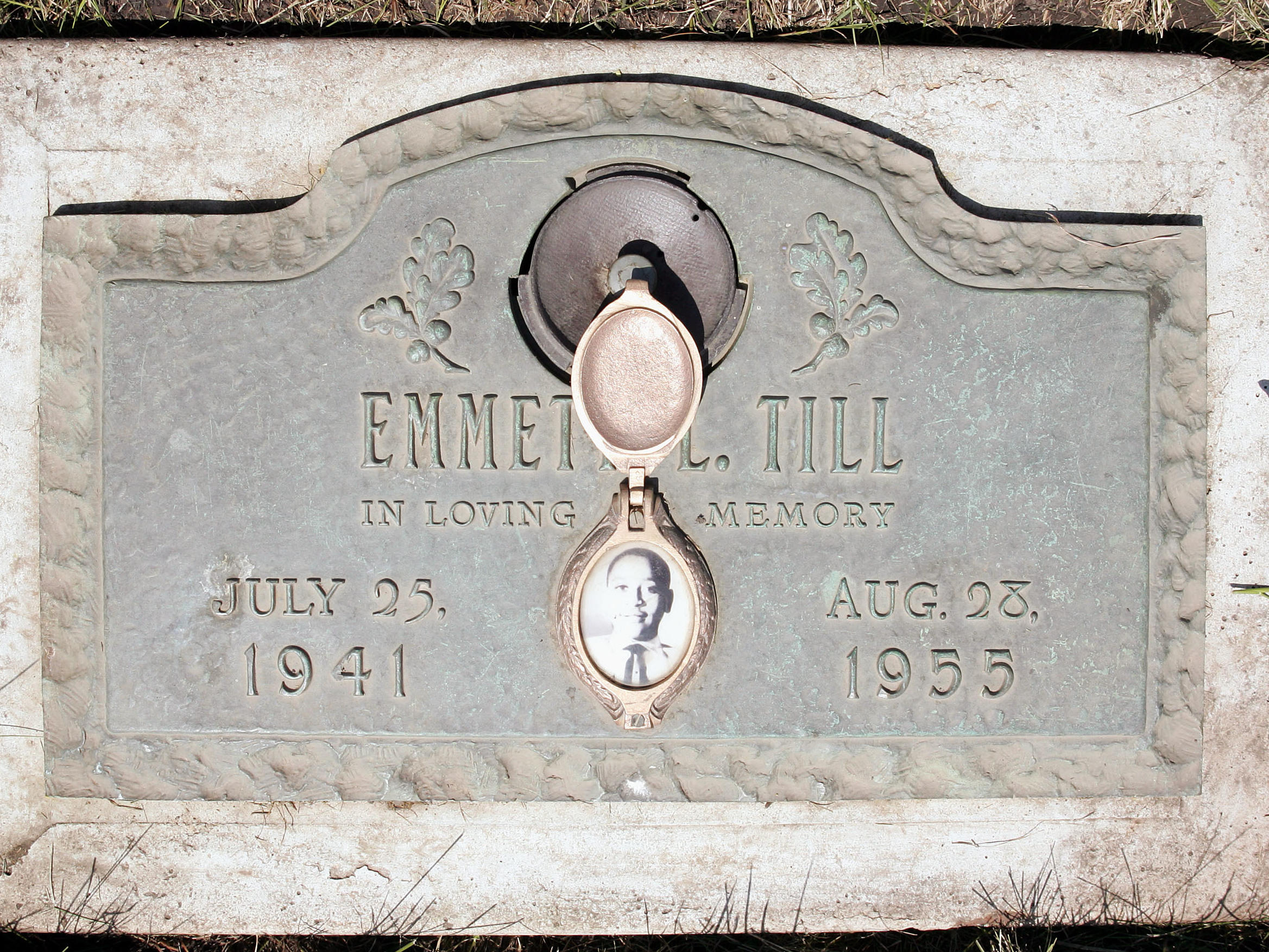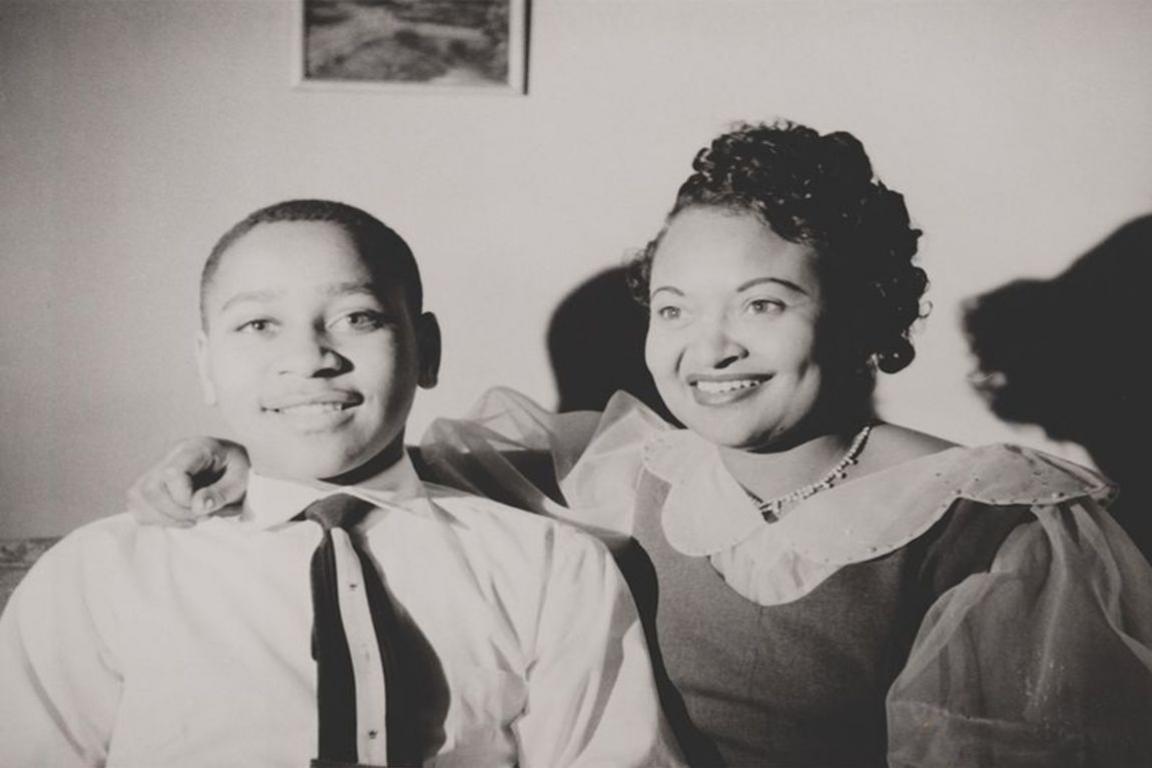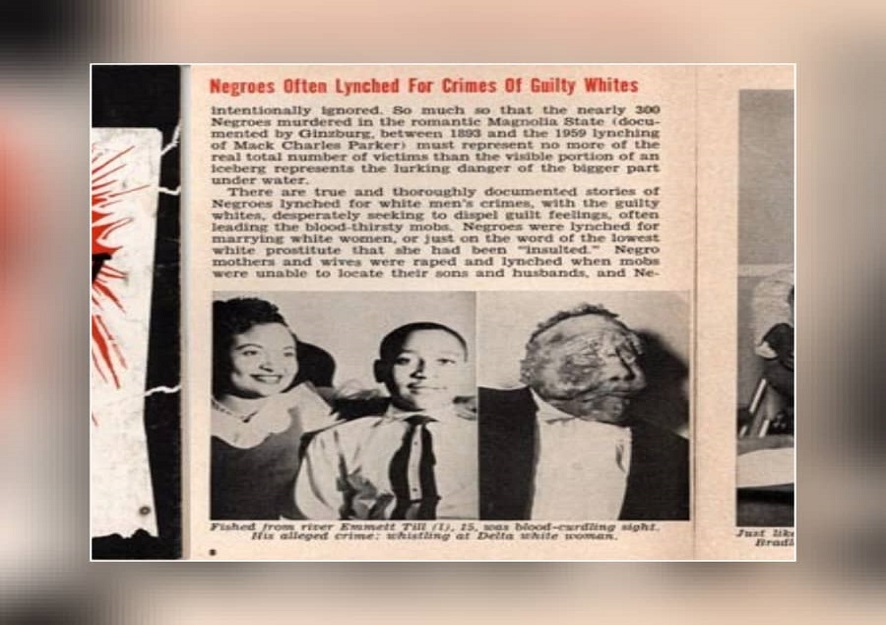The brutal murder of 14-year-old Emmett Till at the hands of white men -Roy Bryant and his half-brother J.W. Milam – stunned the nation, especially when it emerged he was abducted before his cruel murder on August 28, 1955.
The pair were acquitted by an all-white jury.
Till’s mother, Mamie Elizabeth had put his son on the train to spend the summer visiting his cousins in Money, Mississippi but it would prove to be the last time she saw him alive.
Till was accused of flirting with a white cashier woman, Carolyn Bryant, at the grocery store for which Bryant and Milam admitted killing him in an interview with Look Magazine in 1956 with the protection of double jeopardy.

“According to court documents, Till was visiting family for the summer in Money, Mississippi, from Chicago, purchased two-cents worth of bubble gum from the Bryant Grocery store and said, “Bye, baby” over his shoulder to Carolyn Bryant as he exited the store.
“That night Bryant’s husband Roy and his half-brother, J.W. Milam ran into Emmett’s uncle’s home where he was staying, dragged Till from his bed, beat him to the point of disfigurement, and shot him before tossing his body into the Tallahatchie River with a cotton-gin fan attached with barbed wire laced to his neck to weigh him down. Bryant and Milam maintained their innocence and would eventually be acquitted of the murder by an all-white, all male jury. They later sold their story for $4,000 to Look magazine– bragging about the murder as a form of Southern justice implemented to protect white womanhood.”
The wanton killing of Black males by whites has been with America for centuries so Till’s murder wouldn’t have stood out and generate the interest it did but for the disfiguring of his face.

And to Mamie Elizabeth’s eternal credit, she insisted that the coffin containing his body be left open noting, “I wanted the world to see what they did to my baby.”
“Tens of thousands of people viewed Emmett’s body, and photographs were circulated around the country. Through the constant attention it received, the Till case became emblematic of the disparity of justice for blacks in the South. The NAACP asked Mamie Till to tour the country relating the events of her son’s life, death, and the trial of his murderers. It was one of the most successful fundraising campaigns the NAACP had ever known.”

The interest generated in the Till case was largely due to the publishing of a special edition on his murder and gruesome photos to match.
Johnson Publishing had become one of the largest publishing businesses in America, generating tens of millions of dollars in sales all over the world.
John Johnson, the owner of the business when he wanted to acquire property in Downtown Chicago to serve as the headquarters had to pose as a janitor alongside a white man – the supposed buyer. Although a demeaning act, Johnson saw the bigger picture.

And so when Mamie Till called after her son’s murder that she wanted the magazine to cover the funeral and share the photos, Johnson faced the most important decision of his life.
Daughter, Linda Johnson-Rice recalled her father telling her “‘I was afraid to publish these (photos) at first’” but he also knew it was his moral duty to have them published.

Upon the publication of the special edition, the black and white world got to see the horrific result of beating the young boy.
“It was a defining moment for my father, civil rights, Jet, the writers and photographers but it had to be told,” she added.
Mamie Elizabeth Till-Mobley became an educator and activist. Her activism lasted over 40 years. She was a very sought-after speaker who also toured with the NAACP. She died on January 6, 2003 aged 81.
On August 8, 2005, Johnson also died of congestive heart failure aged 87.










